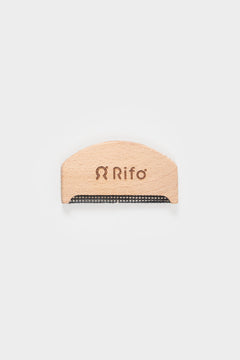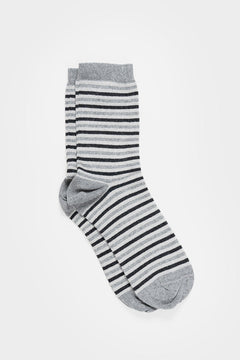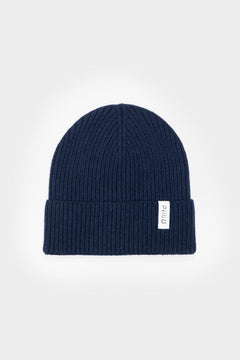Recently the Juventus Football Club (a famous italian football team) has created its third jersey t-shirt from picking up the plastic poured into the ocean. This is not the only example of how scraps can be used to create something new, a sustainable cloth. Many big brands are increasingly investing innovative materials like for example waste of wine production for vegetal leather, fish nets, castor oil, disused inner tubes and many more examples. This is the system we will need to use to save the planet: creating new fibers from waste.But how does it work? What are the leftovers that can be used? Let's discover it together.
What are scraps?
You might think that everything that is production waste is a scrap. That's not true. A scrap is every substance or object of which the holder has got ridden of and that has certain characteristics. If it is used in the same or in a new production process without adopting different treatments from the one normally used in the reference sector for that material, it will be considered a byproduct, not a scrap.
Where do scraps come from?
Reusable waste can lead to everywhere. Also here at Rifò, to create our products, we use textile and plastic waste to give them a new life, so to create upcycled fabrics with properties similar to the virgin ones, without causing consequences on the environment.Not only plastic, cotton and cashmere wool can be recycled:
- Bananas: leaves and shoots are cut and boiled using soda to ease the processing. The results is a fabric characterized by a great softness from which Japanese Kimono are made.
- Pineapple: Through the processing of its leaves we got a fiber similar to silk that is glossy, soft and biodegradable. This fiber is used to create outfits for elegant nights but also curtains and lampshades.
- Oranges and Sicilian citrus fruits: from the waste of Sicilian oranges we get an innovative fabric, shiny and soft, suitable for the creation of fashion accessories.
- Coffee grounds: Coffee waste were usually thrown away or used as fertilizer for plants. Now instead, they are combined with recycled polyester, giving life to a textile material with characteristics similar to synthetics fabrics: isolation, fast drying and capacity of absorbing smells, perfect for sporty clothes.
What is recyclable?
Theoretically any object, product, material could be recycled but some processings are too expensive. Speaking about textile world, these are the most sustainable and natural materials that we can recycle:\n
- Cotton: if biologically cultivated it doesn't request the use of pesticides and this facilitates a low environmental impact and reduce health risks.
- Hemp: its plantation doesn?t request big quantities of water nor pesticides. From this material we derive ropes, fabrics, cosmetic oils, paper.
- Jute: considered the third most used fiber after cotton. 100% biodegradable and recyclable, used for creating casings of agricultural goods, bags, carpets, belts.
- Bamboo: strong plant, used for the construction of water ducts, umbrellas, mats.
- Nettle: this plant doesn't need pesticides and can be cultivated in the same area for a long time. We derive from nettle a strong fabric, antistatic, anallergic that can be defibered for the weaving of cloth similar to hemp or linen.
Conclusions
We hope that the examples we have described in this article have convinced you of the importance of production waste. There are many different ways to create sustainable and fair clothes. It is difficult to think of giving a new life to an old and spoiled object, but it is important to change our minds for the health of our planet. Together we can create a sustainable fashion. This will lead you to not easily throwing away the objects you use in your daily life. Don't forget that from a small change a big revolution can be born.\n\nWould you like to see an example of an upcycled product? Visit our online store to discover our clothes made with upcycled cotton or upcycled cashmere.









